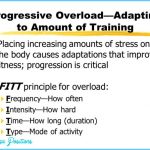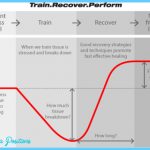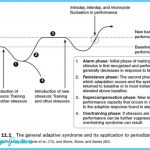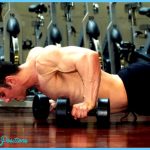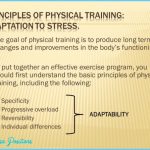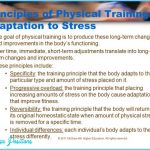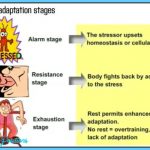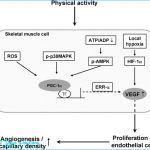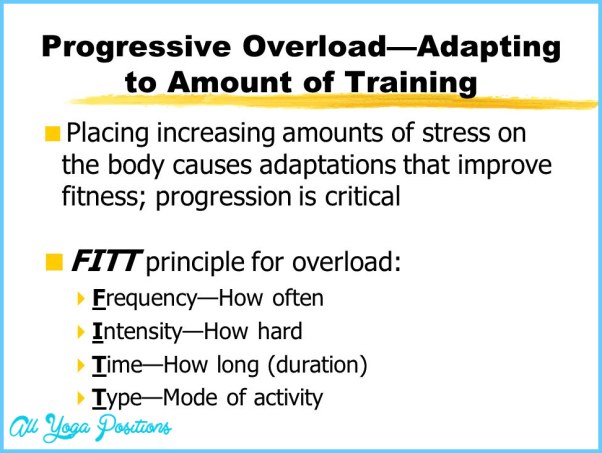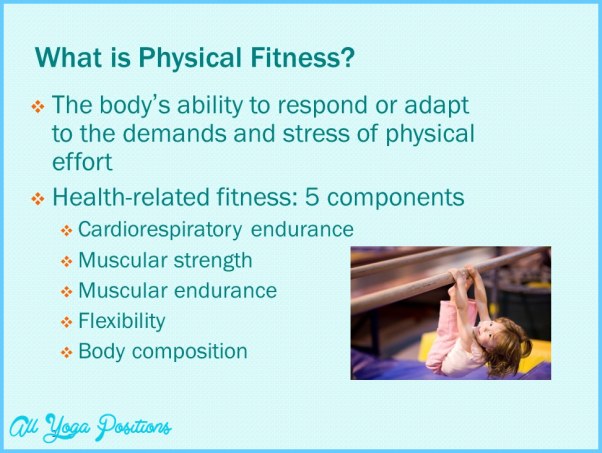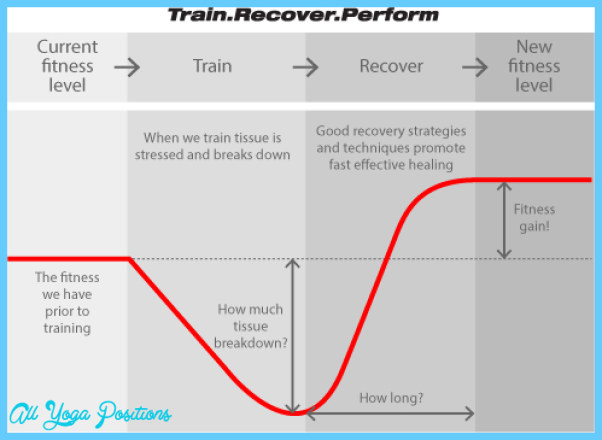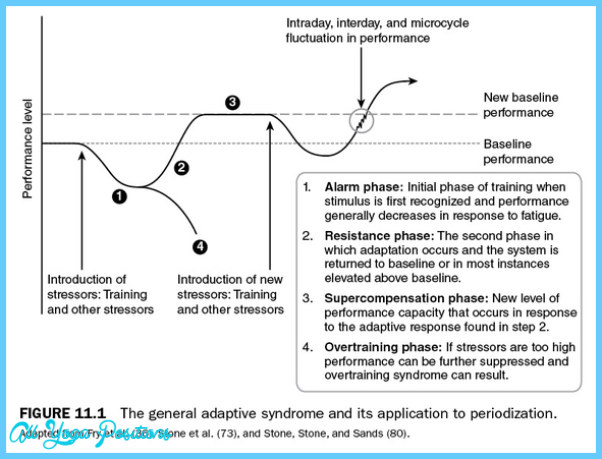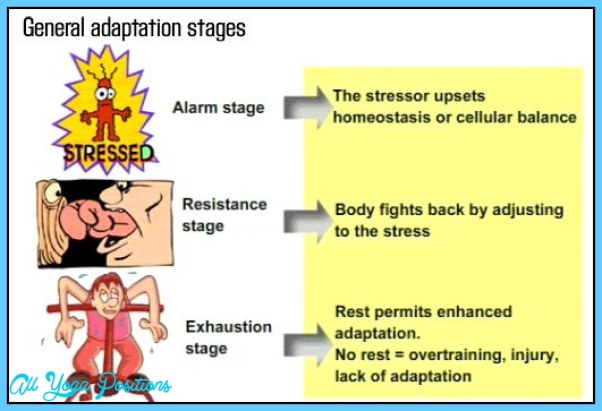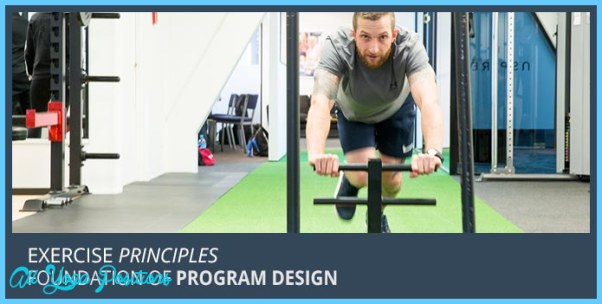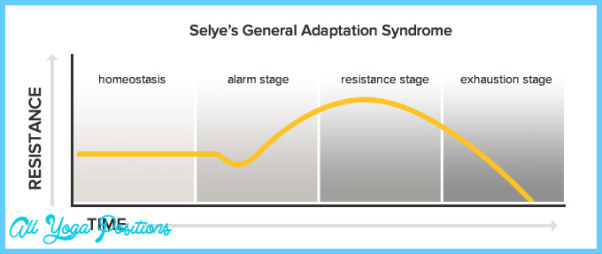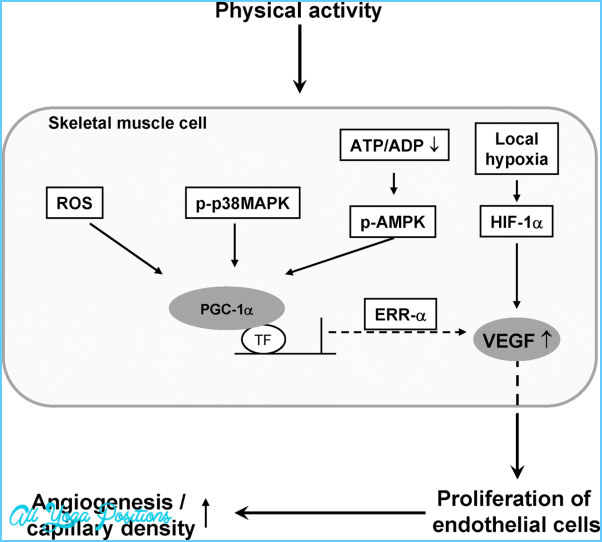PRINCIPLES OF PHYSICAL TRAINING: ADAPTATION TO STRESS
The human body is very adaptable. The greater the demands made on it, the more it adjusts to meet those demands. Over time, immediate, short-term adjustments translate into longterm changes and improvements. When breathing and heart rate increase during exercise, for example, the heart gradually develops the ability to pump more blood with each beat. Then, during exercise, it doesn’t have to beat as fast to meet the cells’ demands for oxygen. The goal of physical training is to produce these long-term changes and improvements in the body’s functioning and fitness. Although people differ in the maximum levels of physical fitness and performance they can achieve through training, the wellness benefits of exercise are available to everyone (see the box “Fitness and Disability”).
Particular types and amounts of exercise are most effective in developing the various components of fitness. To put together an effective exercise program, you should first understand the basic principles of physical training, including the following:
• Specificity
• Progressive overload
• Reversibility
• Individual differences
All of these rest on the larger principle of adaptation.
Specificity Adapting to Type of Training
To develop a particular fitness component, you must perform exercises designed specifically for that component. This is the principle of specificity. Weight training, for example, develops muscular strength but is less effective for developing cardiorespiratory endurance or flexibility. Specificity also applies to the skill-related fitness components (to improve at tennis, you must practice tennis) and to the different parts of the body (to develop stronger arms, you must exercise your arms). A well-rounded exercise program includes exercises geared to each component of fitness, to different parts of the body, and to specific activities or sports.
Sports science pioneer Franklin Henry from the University of California, Berkeley developed the principle of specificity of training. His studies showed that a specific movement performed at a specific speed develops a unique skill. Motor control studies have shown that practice reinforces motor patterns in the brain that are specific to a given movement. In other words, there is no general coordination, agility, balance, and accuracy. The balance required in skiing is different from the balance required to stand on one foot or do tricks on a skateboard and requires its own specific training.
PRINCIPLES OF PHYSICAL TRAINING: ADAPTATION TO STRESS Photo Gallery
Progressive Overload Adapting to the Amount of Training and the FITT Principle
The body adapts to the demands of exercise by improving its functioning. When the amount of exercise (also called overload or stress) is increased progressively, fitness continues to improve. This is the principle of progressive overload.
The amount of overload is important. Too little exercise will have no effect on fitness (although it may improve health); too much may cause injury and problems with the body’s immune or endocrine (hormone) systems. The point at which exercise becomes excessive is highly individual; it occurs at a much higher level in an Olympic athlete than in a sedentary person. For every type of exercise, there is a training threshold at which fitness benefits begin to occur, a zone within which maximum fitness benefits occur, and an upper limit of safe training.
The amount of exercise needed depends on the individual’s current level of fitness, the person’s genetically determined capacity to adapt to training, his or her fitness goals, and the component being developed. A novice, for example, might experience fitness benefits from jogging a mile in 10 minutes, but this level of exercise would not benefit a flexibility The ability to move joints through their full ranges of motion, body composition The proportion of fat and fat-free mass (muscle, bone, and water) in the body. fat-free mass The nonfat component of the human body, consisting of skeletal muscle, bone, and water. somatotype A body-type classification system that describes people as predominantly muscular (mesomorph), tall and thin (ectomorph), or round and heavy (endomorph), skill (neuromuscular)-related fitness Physical capacities that contribute to performance in a sport or an activity, including speed, power, agility, balance, coordination, and reaction time; neuromuscular fitness refers specifically to maintaining performance levels of balance, agility, coordination, and gait through the control of muscles and movement by the brain and spinal column, physical training The performance of different types of activities that cause the body to adapt and improve its level of fitness, specificity The training principle that developing a particular fitness component requires performing exercises specifically designed for that component, progressive overload The training principle that progressively increasing amounts of stress on the body causes adaptation that improves fitness,

